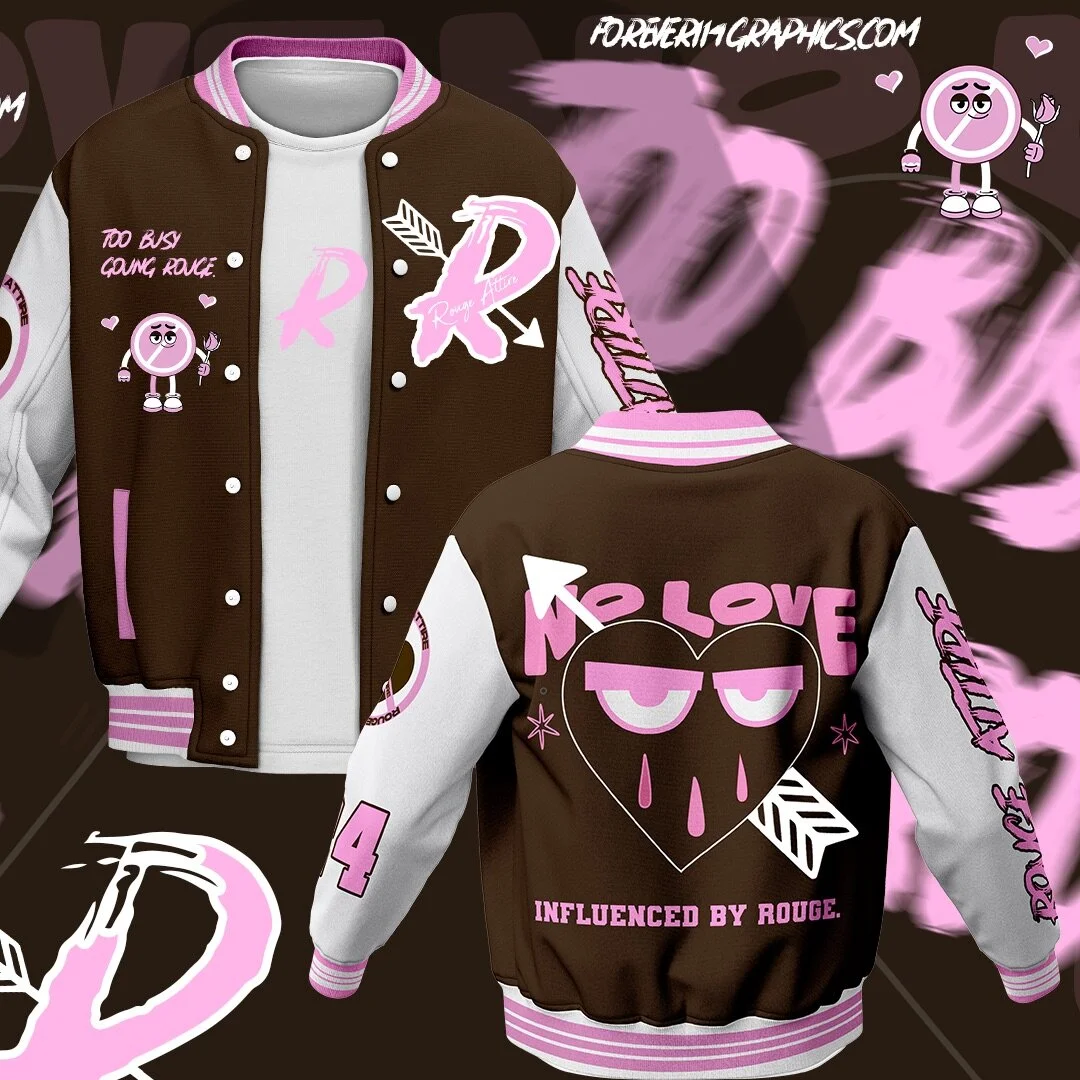 Image 1 of 2
Image 1 of 2

 Image 2 of 2
Image 2 of 2



Food Menu Design
A well-structured food menu plays a crucial role in enhancing the overall dining experience. It serves as a guide, ensuring that customers can easily navigate their options and make informed choices quickly. Here are key elements that contribute to an effective menu design:
Clear Categories: Organize items into intuitive sections such as appetizers, main courses, desserts, and beverages. This helps customers quickly locate what they’re looking for.
Descriptive Language: Use appealing descriptions that highlight the ingredients and preparation methods. This not only informs customers but also entices them to try new dishes.
Visual Appeal: Incorporate a clean layout with an attractive color scheme and easy-to-read fonts. Visual elements, such as appetizing food images, can enhance the menu's appeal without overwhelming the reader.
Pricing Transparency: Clearly display prices next to each item to avoid surprises. Ensure that the pricing reflects the value of the meal offered.
Highlight Specials: Use boxes or different formatting to draw attention to daily specials or signature dishes. This can encourage customer exploration and increase sales of featured items.
Dietary Options: Clearly mark dishes that cater to dietary restrictions (such as vegetarian, vegan, gluten-free) to assist customers in their choices.
Feedback Incorporation: Regularly solicit feedback on the menu’s usability and update it based on customer preferences and industry trends.
By focusing on these elements, restaurants can create a food menu that not only helps customers find their desired meals easily but also enhances their dining experience, making it a memorable one.
This service includes three free revisions. After the third revision, you will be subject to a $15 fee.
A well-structured food menu plays a crucial role in enhancing the overall dining experience. It serves as a guide, ensuring that customers can easily navigate their options and make informed choices quickly. Here are key elements that contribute to an effective menu design:
Clear Categories: Organize items into intuitive sections such as appetizers, main courses, desserts, and beverages. This helps customers quickly locate what they’re looking for.
Descriptive Language: Use appealing descriptions that highlight the ingredients and preparation methods. This not only informs customers but also entices them to try new dishes.
Visual Appeal: Incorporate a clean layout with an attractive color scheme and easy-to-read fonts. Visual elements, such as appetizing food images, can enhance the menu's appeal without overwhelming the reader.
Pricing Transparency: Clearly display prices next to each item to avoid surprises. Ensure that the pricing reflects the value of the meal offered.
Highlight Specials: Use boxes or different formatting to draw attention to daily specials or signature dishes. This can encourage customer exploration and increase sales of featured items.
Dietary Options: Clearly mark dishes that cater to dietary restrictions (such as vegetarian, vegan, gluten-free) to assist customers in their choices.
Feedback Incorporation: Regularly solicit feedback on the menu’s usability and update it based on customer preferences and industry trends.
By focusing on these elements, restaurants can create a food menu that not only helps customers find their desired meals easily but also enhances their dining experience, making it a memorable one.
This service includes three free revisions. After the third revision, you will be subject to a $15 fee.

















